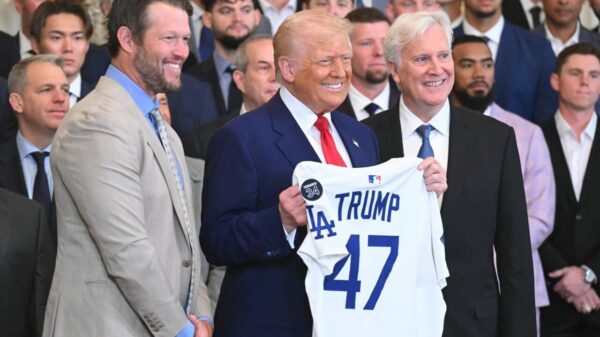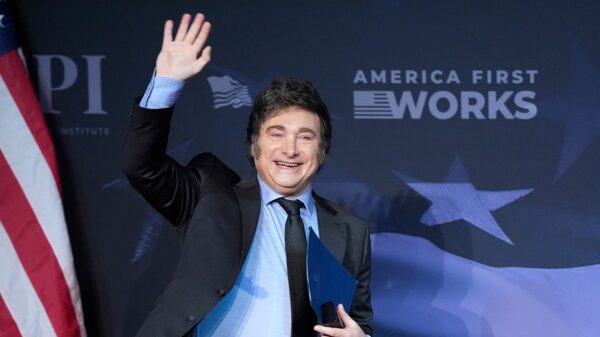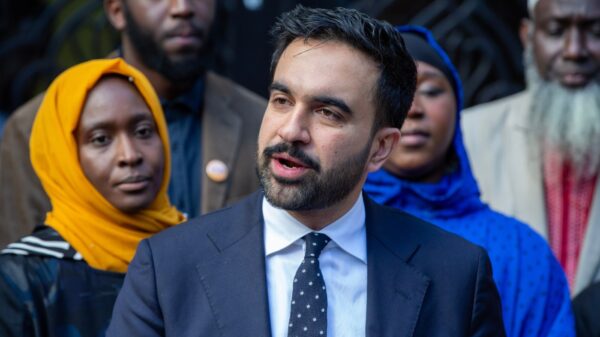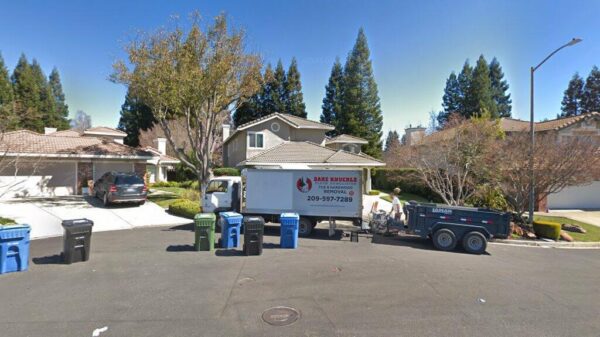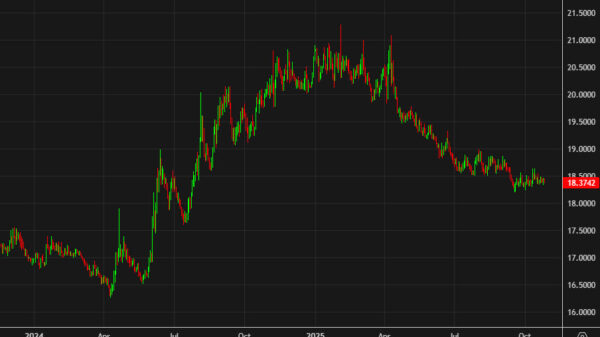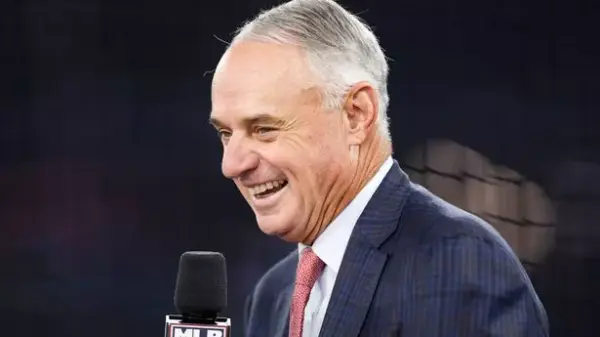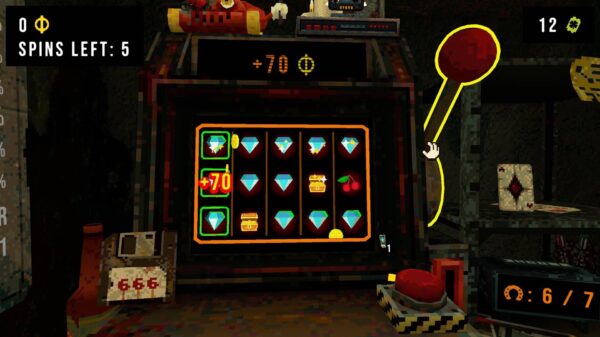The Federal Reserve has unanimously adopted a new policy framework centered on flexible inflation targeting, as announced by Chairman Jerome Powell during his speech at the annual Jackson Hole Economic Symposium. This revamped approach aims to balance the central bank’s dual mandate of promoting maximum employment and stable prices, especially when these goals conflict.
In his address, Powell emphasized that the previous framework’s focus on a rigid set of economic conditions may have created confusion regarding the Federal Reserve’s objectives. The updated framework eliminates language suggesting that a zero-lower-bound interest rate is a defining feature of the economy. Instead, it promotes a more adaptable strategy designed to function across a variety of economic environments.
The notion of intentionally allowing moderate inflation overshoots has been deemed irrelevant in the current economic landscape. The new framework highlights the Fed’s commitment to taking decisive actions to maintain long-term inflation expectations, ensuring they remain well-anchored.
Powell stated that the Federal Reserve does not necessarily need to tighten policy based solely on uncertain estimates indicating that employment could be above its maximum sustainable level. Notably, the previous framework’s language surrounding employment shortfalls has been removed, addressing past communication challenges.
The Federal Reserve recognizes that preemptive action may become necessary if a tight labor market threatens price stability. Powell noted that the balance of risks in the economy has shifted, compelling the Fed to consider adjustments to its policy stance. Currently, risks to inflation are skewed toward the upside, while risks to employment lean toward the downside.
Recent data reflects a notable slowdown in economic growth, particularly in consumer spending. In July, the 12-month Personal Consumption Expenditures (PCE) inflation rose by 2.6%, with core inflation increasing by 2.9%. The impacts of tariffs on consumer prices have become increasingly evident, with expectations that these effects will accumulate in the coming months.
Powell expressed a reasonable base case that the inflationary effects of tariffs would be short-lived. However, he acknowledged the potential for tariff-induced upward pressure on prices to catalyze a lasting inflation dynamic, although he deemed this scenario unlikely given the rising downside risks to the labor market.
The tightening of immigration policies has also contributed to a sudden slowdown in labor force growth, further complicating the economic picture. As the Federal Reserve navigates these challenges, Powell reiterated the importance of maintaining a stable unemployment rate, which allows the central bank to approach policy changes with caution.
The Federal Reserve’s updated policy framework reflects a proactive stance, aiming to balance its goals while remaining responsive to evolving economic conditions. As Powell concluded, the central bank will continue to assess the shifting dynamics in the labor market and inflation, adapting its strategies as necessary to uphold its mandate.



